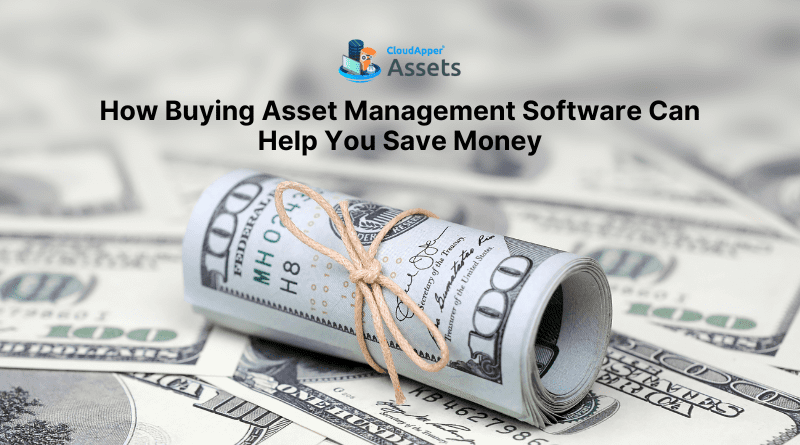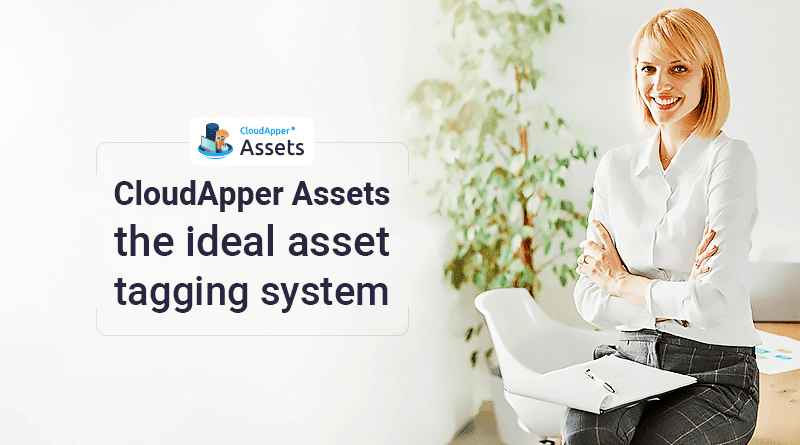Did you know that, according to Gartner, Inc., 30% of businesses are in a state of confusion regarding the assets they control, their locations, and the people who are utilizing them? Numerous businesses have thousands or even millions of assets dispersed over numerous sites. It takes a lot of time, effort, and money to keep the asset information updated.
Unless, of course, you’ve installed the appropriate asset management software.
There’s a myth out there that asset management costs may be reduced by using spreadsheets or paper and pen. Why spend money on software when you can manage your assets for free?
You don’t actually pay for the method when managing assets with spreadsheets or pen and paper. However, time is money, as we all know. You take longer and spend more money using these ineffective methods. In contrast, using the right asset management software can greatly increase your productivity and time savings in the ways that are detailed below.
1. More time to work productively
An asset management software that maintains the information about your assets will save you endless hours of useless effort. Making phone calls, sending emails, and other activities associated with asset search are all subtle forms of time theft. Fifteen minutes each day may not seem like much but consider what it adds up to over the course of a year. No time is wasted pursuing assets when a proper asset management system is in place. Instead, you and your workers may focus on profitable, productive work.
2. Advantages of a Multi-User Environment
The majority of asset management software permits employees of all levels to log in with their own user accounts. Employees can verify current asset statuses and record transactions (such as checking assets in/out) using their mobile phones, ensuring that everyone always has the most recent information available. This saves a substantial amount of time and enhances organization-wide transparency.
3. On-the-go information management
A good mobile application for asset management software makes it simple to handle asset information while on the move. It is also less likely that there will be mistakes in the asset records when information can be updated instantly on-site. Additionally, the asset management software allows you to import documents (such as calibration certifications, etc.) and quickly access them from any location.
4. The use of asset tags
Asset tags are used to identify assets and make links between their information and their physical form. Even though businesses sometimes have numerous identically looking assets, each one’s audit trail must nevertheless be tracked separately. You may instantly get the data on an object by using your mobile device to scan a tag on it. When compared to searching information in spreadsheets or paper lists, this is a major advantage.
5. Data-driven investment decisions
You may get a clear picture of your whole asset base by using asset management software. You may make wise investment choices if you are aware of your assets, how they are being used, and their condition. For example, you won’t overspend on assets or rent equipment that you don’t need.
6. Lower maintenance expenses
According to Mintek, a corporation can save between 12 and 18% by switching from reactive maintenance to preventive maintenance. But businesses still devote 80% of their time to responding to maintenance problems rather than proactively avoiding them. You can simply optimize maintenance intervals with the help of asset management software, which can also notify you of impending deadlines. An asset management software encourages your staff to take better care of assets, which lowers maintenance expenses as well. How? Well, you might feel under a little bit more pressure to return the item in the same condition if you have to check it out under your own name.
7. Less assets lost
The majority of businesses—30%—do not know what they possess, as was stated at the beginning of this article. Therefore, how do they determine if they lost anything? They can only make educated guesses and rely on their memories (“Did we have three or two of those?”) without comprehensive asset records. It is expensive and unprofessional to postpone work due to equipment shortages. It also annoys your clients. Through increased asset availability and decreased downtime, asset management software makes it possible to avoid this.
8. More efficient use of resources
Unknown status and location of an asset make it simple to forget about it. Money is wasted on idle assets, which add nothing to the value of your business. An asset management software makes it simple to increase utilization rates by assisting you in finding assets more quickly and efficiently planning their use.
It is safe to say that asset management software gives you access to a number of functions that are not possible with spreadsheets, notebooks, or handwritten lists. Your business can maintain its competitiveness and make significant time and financial savings by using asset management software. Additionally, it can enhance customer service and increase transparency within your company. Although there is a cost associated with deploying asset management software, you will see a return on your investment rather quickly — in months instead of years.
Let us know if you have any questions regarding the best asset management software!

















